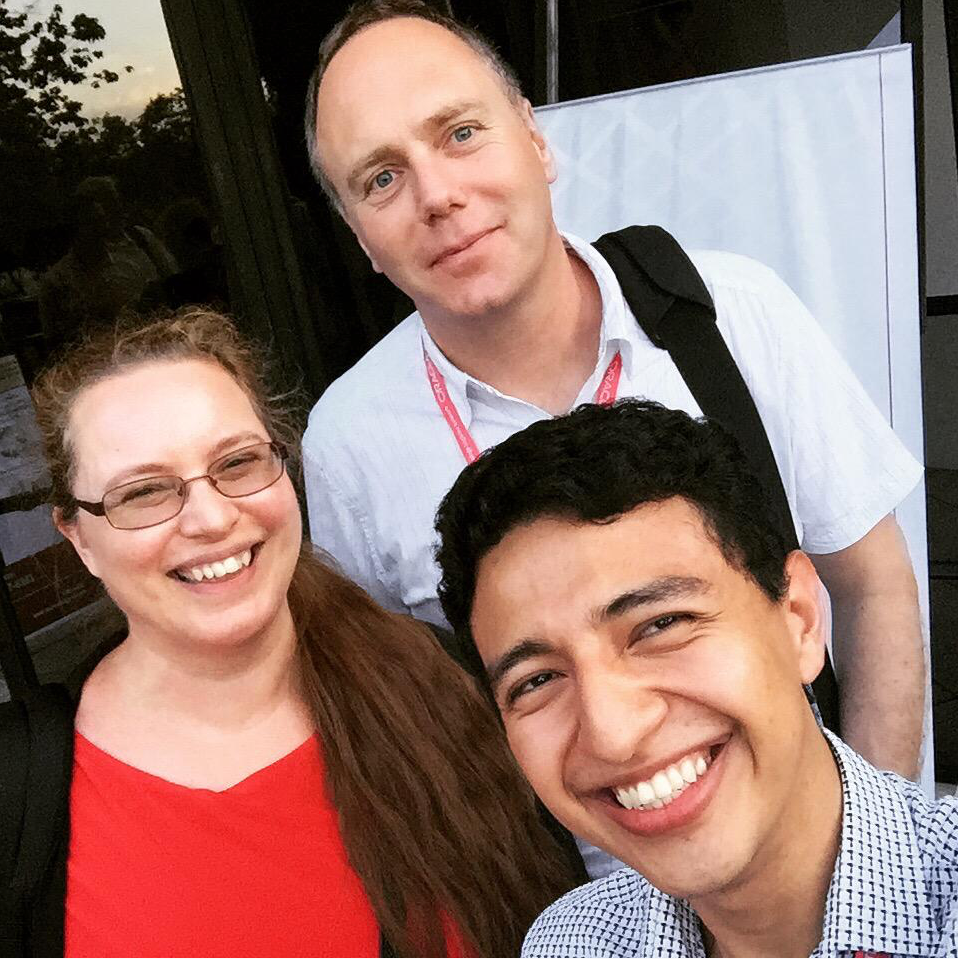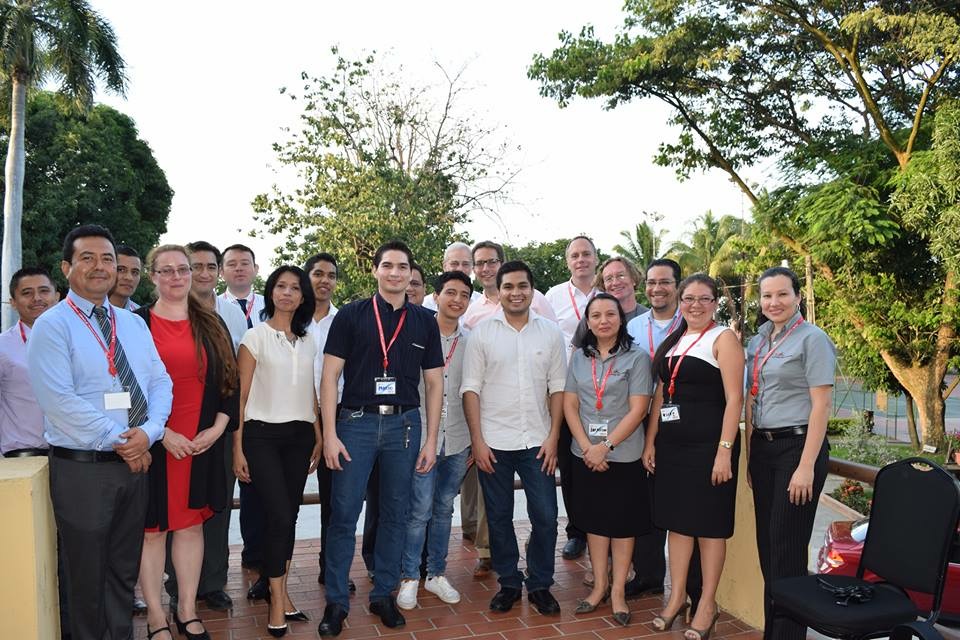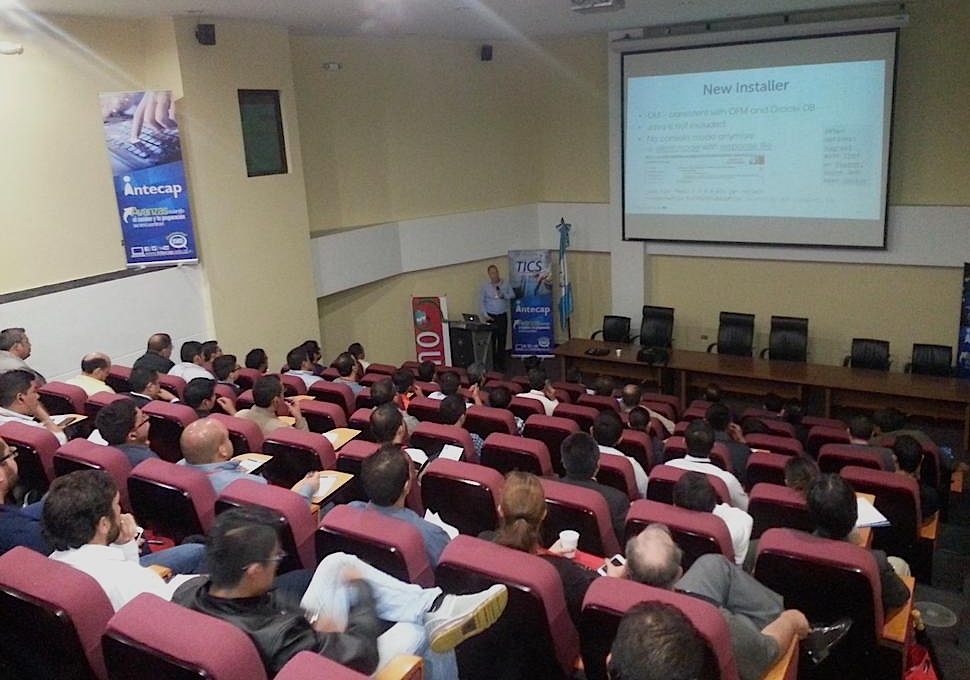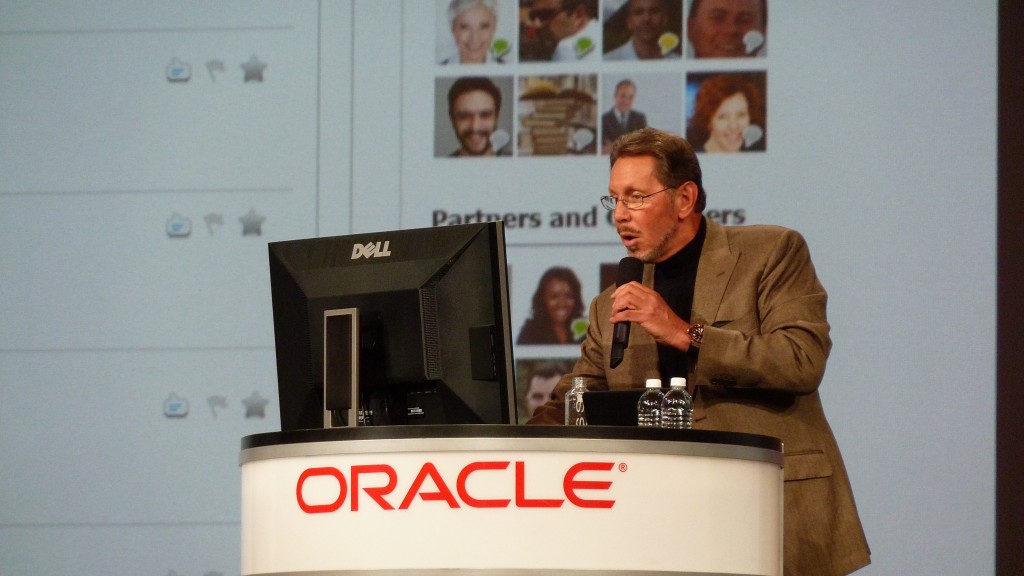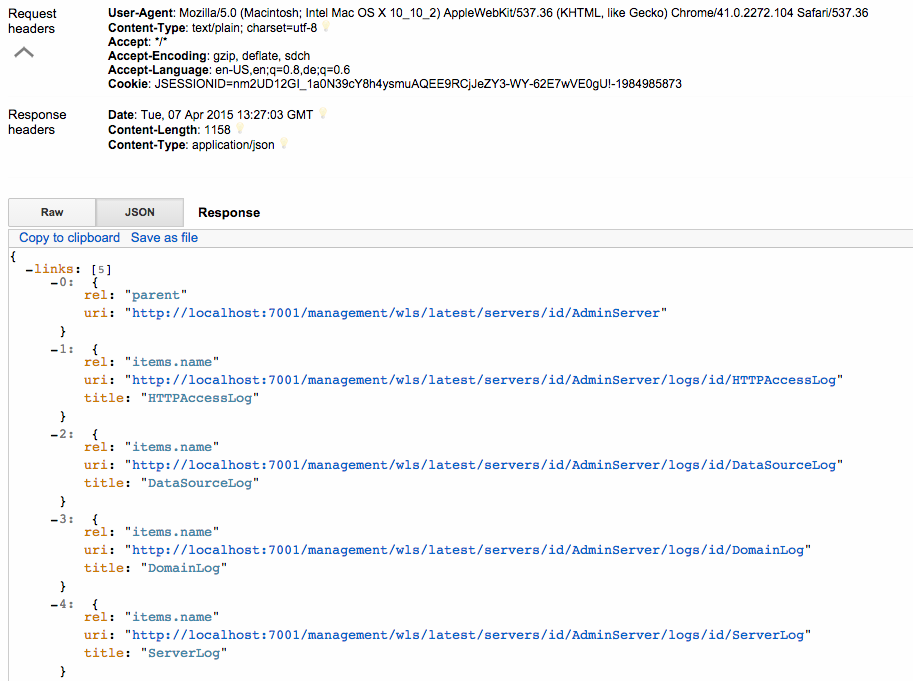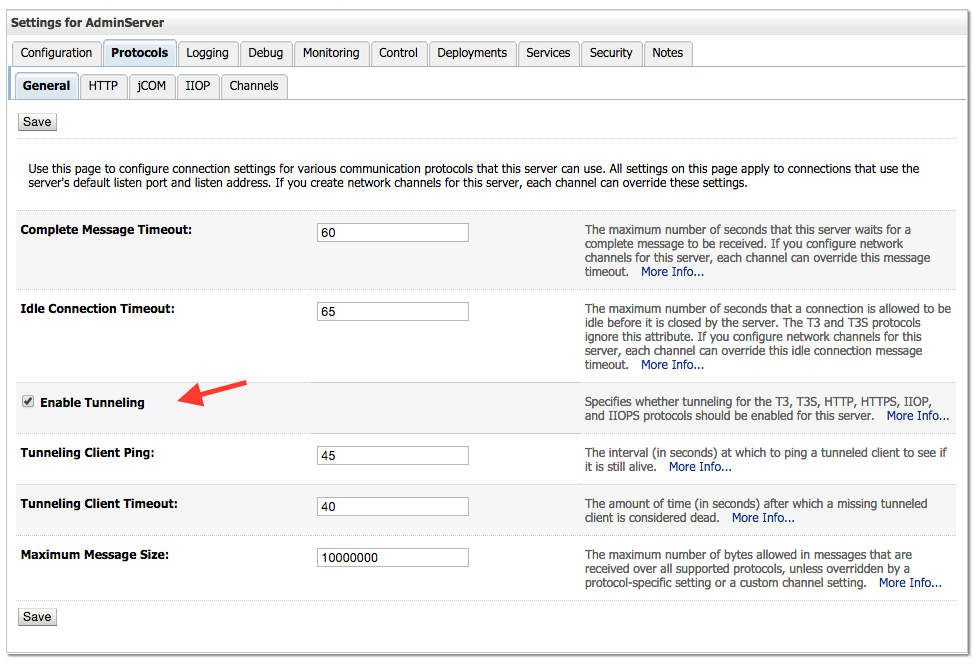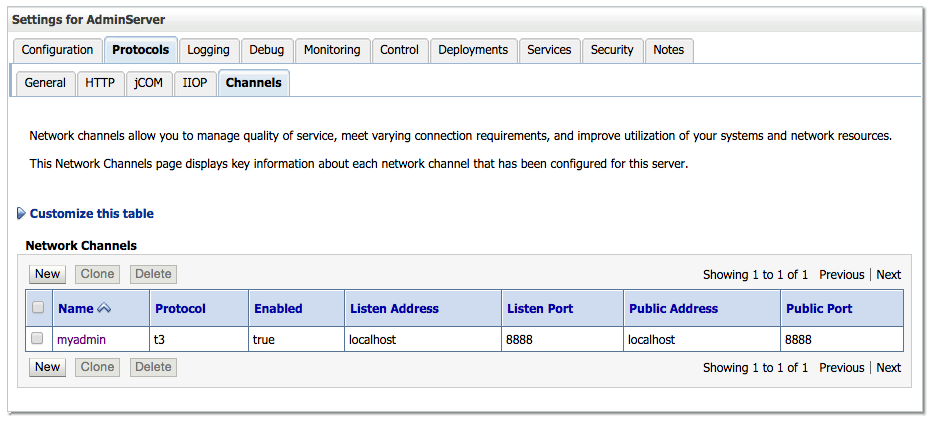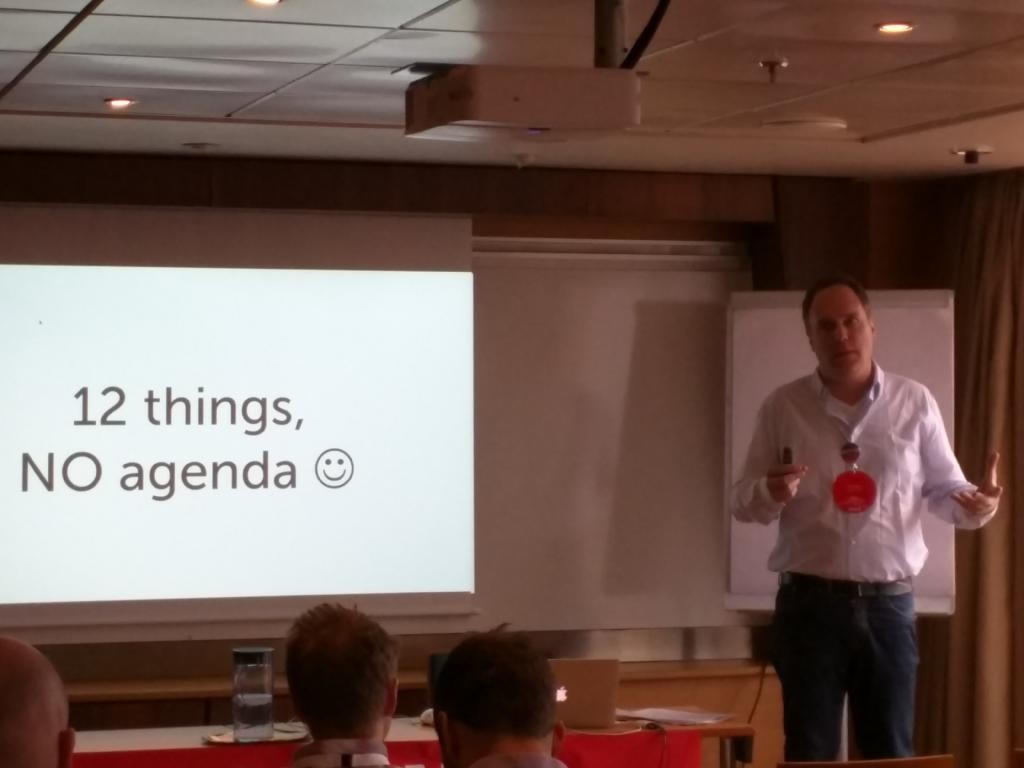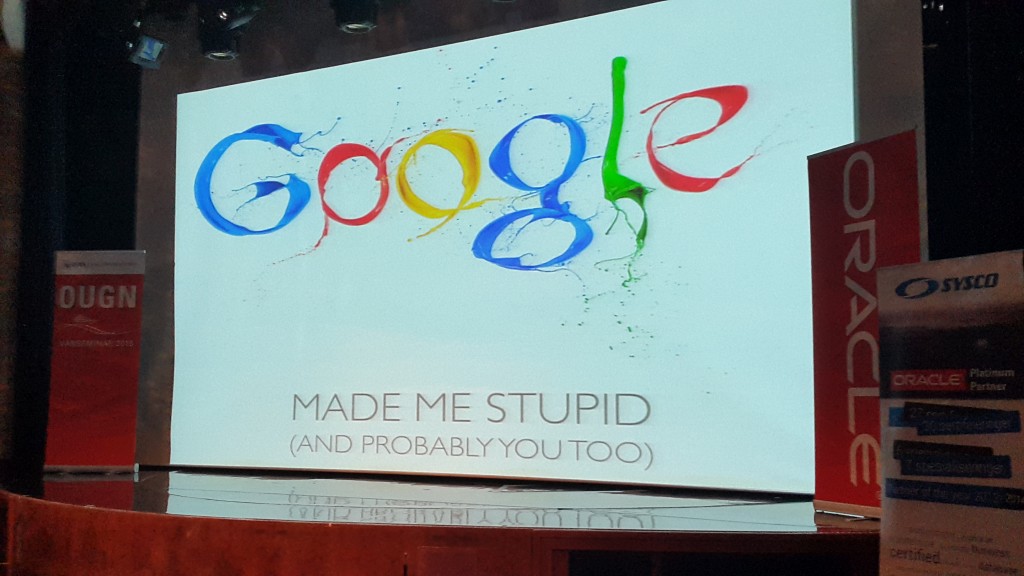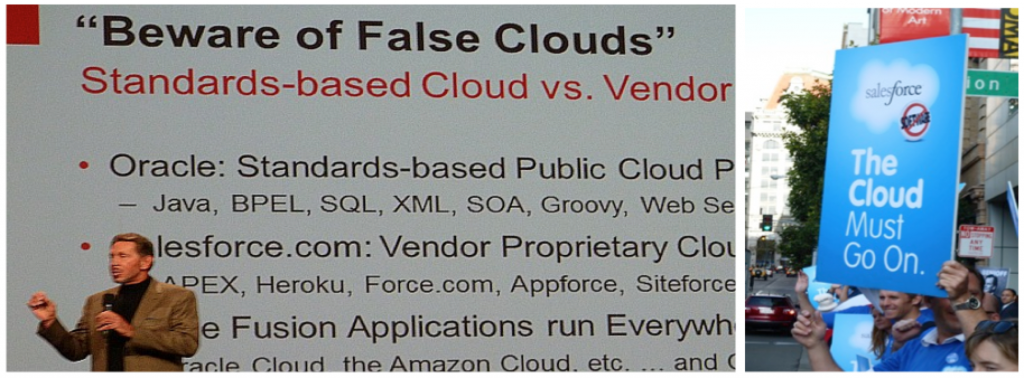Just back from Oracle Open Word 2015 in San Francisco, it’s a great honor for me that my presentation Docker Containers: A Thorough and Critical Overview was accepted for the the SOALatam conference in Lima. This is an independent conference but many examples and the demos will be based on Oracle Fusion Middleware or WebLogic. We cover key topics such as Security, Docker tools, Docker in public Clouds (Amazon, Google, Oracle).
Most presentation will be in Spanish, I will the only non-latino speaker apart from Thomas Erl.
I am looking forward to a world class conference in Lima and to meeting friends such as Tabata Jessica Pérez as well as Rolando Carrasco and Arturo Viveros from the SOA myth buster team. Thomas Erl is the keynote speaker and it’s also a good opportunity to win a top notch computer science text book 🙂
Heaps of reasons for a trip to Lima. CU there!
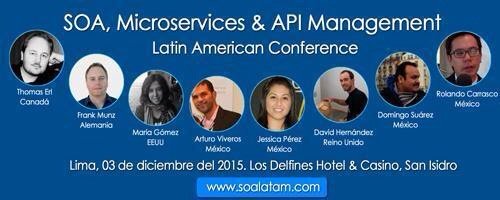

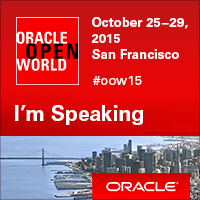 I will be presenting an expert session together with Dave Cabelus from Oracle WebLogic product management about the newest WebLogic 12c at
I will be presenting an expert session together with Dave Cabelus from Oracle WebLogic product management about the newest WebLogic 12c at 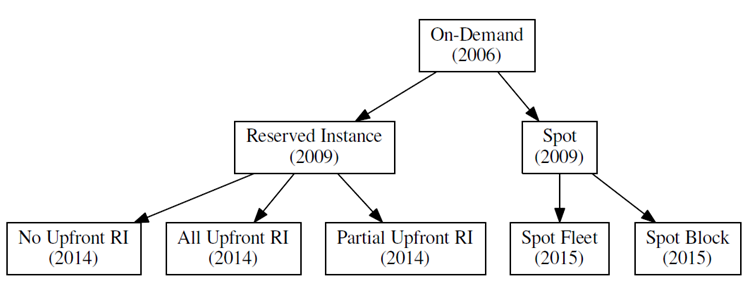

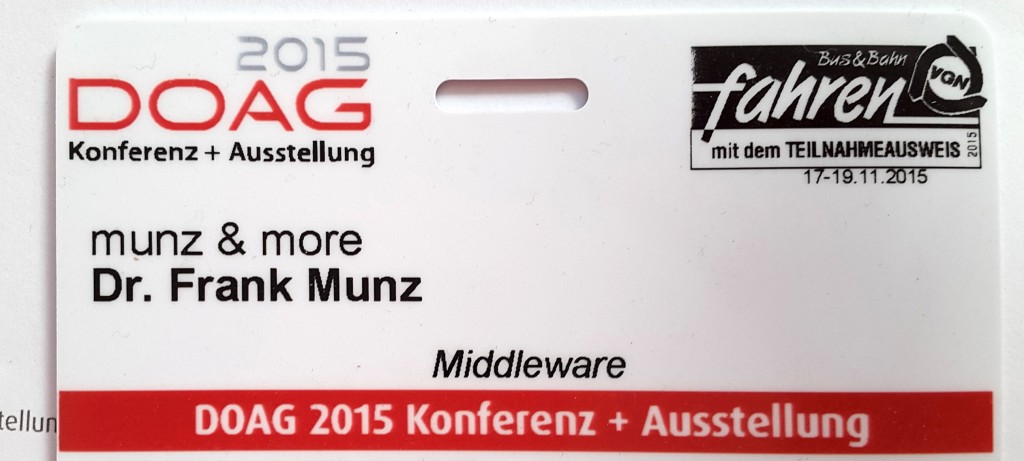
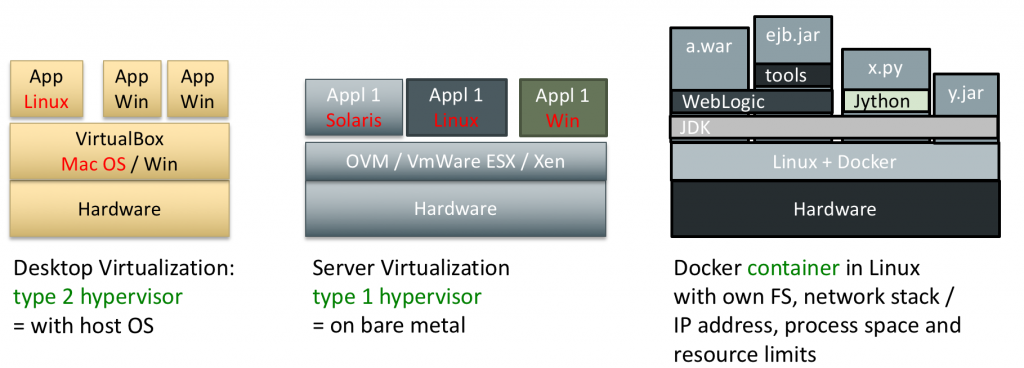



 Colombia was my last stop on the OTN tour, yet it was the country I was waiting for. I had good memories about the country from many years ago when I was backpacking there and it was a pleasure to see how everything has changed.
Colombia was my last stop on the OTN tour, yet it was the country I was waiting for. I had good memories about the country from many years ago when I was backpacking there and it was a pleasure to see how everything has changed.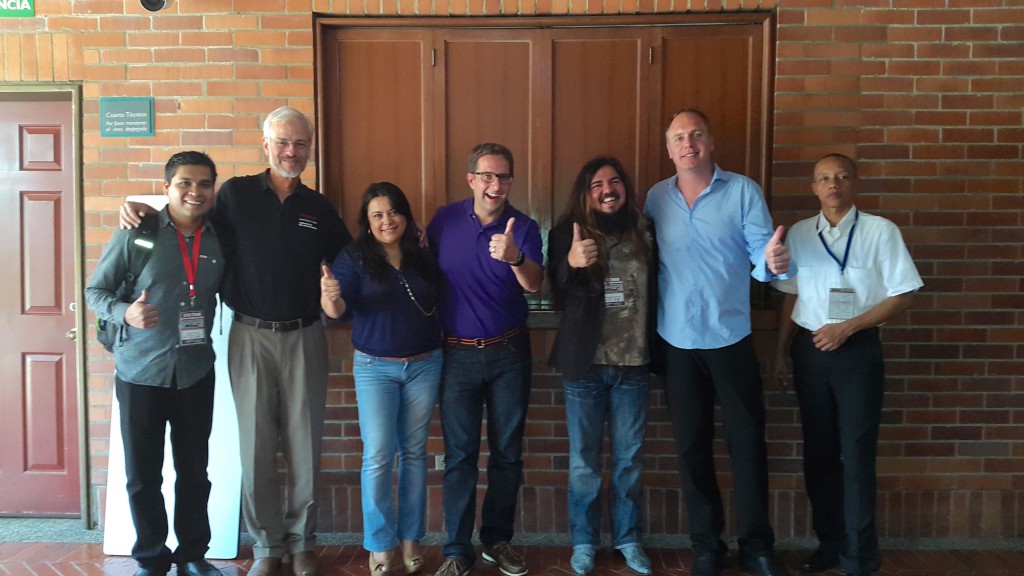
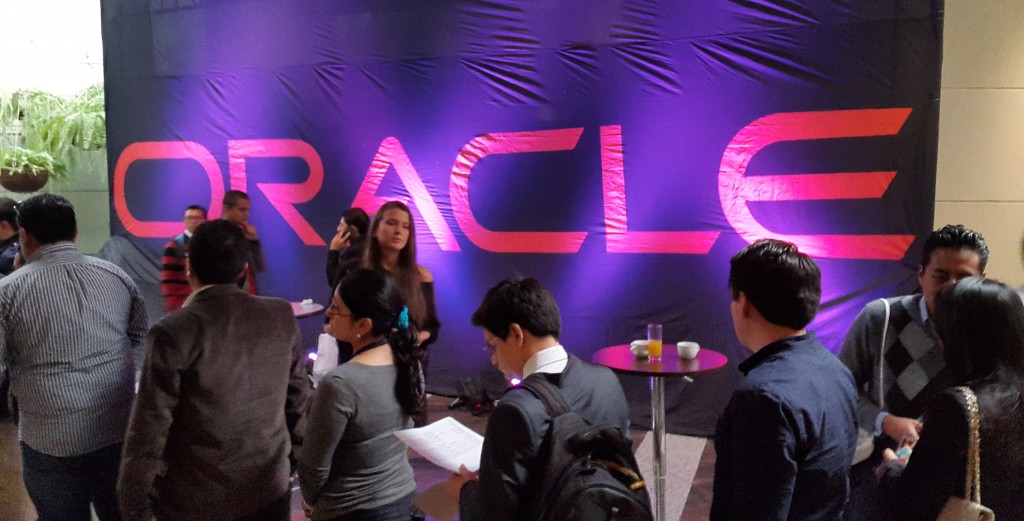
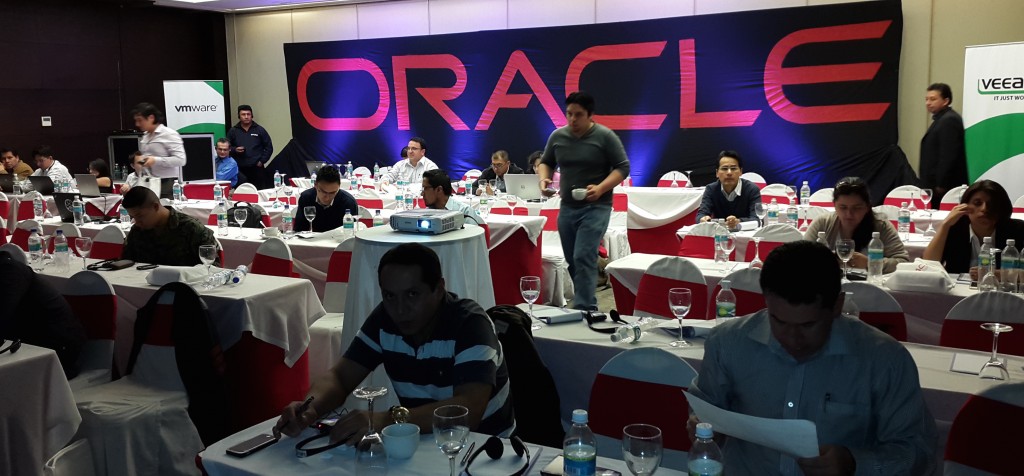
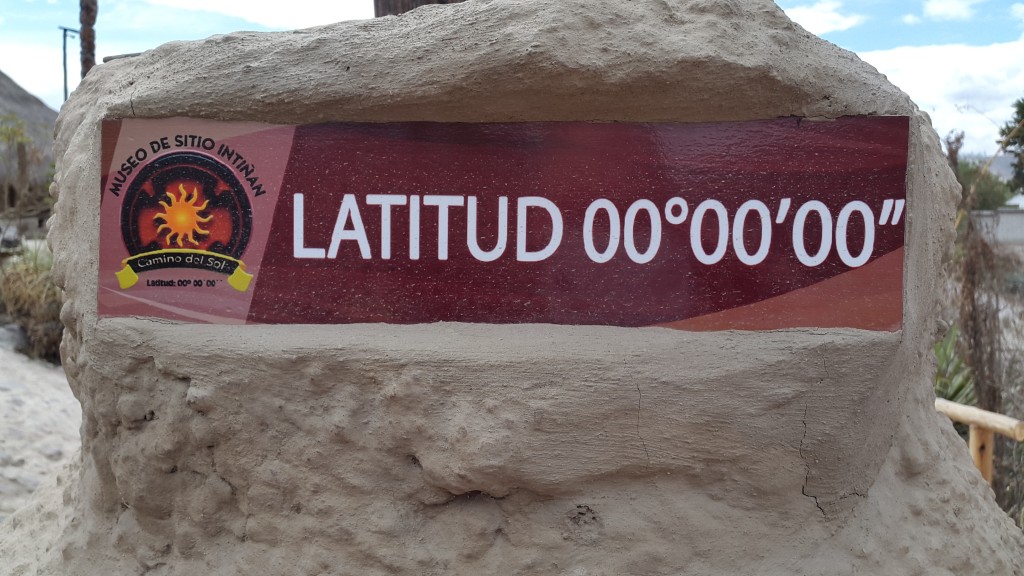 For me the event was another wonderful hotel and another perfectly organized conference with a surprisingly high number of attendees! Both my sessions were well attended, I’d guess up to 80 people, and there was even live translation provided for the attendees! Also I liked the idea of two parallel streams only, so at the end we had more attendees in each stream. In my Docker presentation I focused even more on a longer live demonstration accompanied by a few slides only.
For me the event was another wonderful hotel and another perfectly organized conference with a surprisingly high number of attendees! Both my sessions were well attended, I’d guess up to 80 people, and there was even live translation provided for the attendees! Also I liked the idea of two parallel streams only, so at the end we had more attendees in each stream. In my Docker presentation I focused even more on a longer live demonstration accompanied by a few slides only.

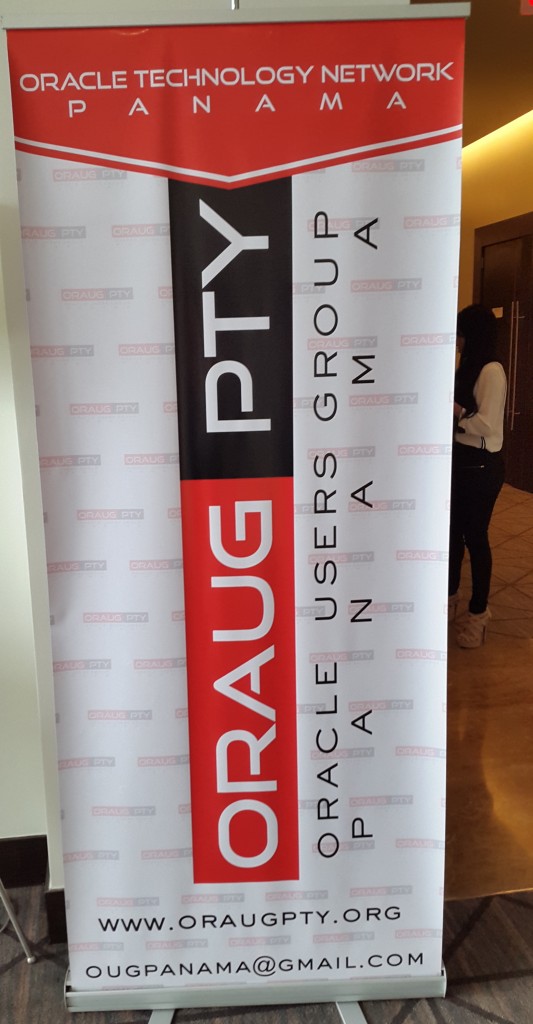 The conference was a bit further away towards the canal at another hotel next to one of the biggest shopping malls in the known universe.
The conference was a bit further away towards the canal at another hotel next to one of the biggest shopping malls in the known universe.